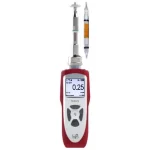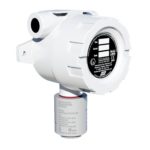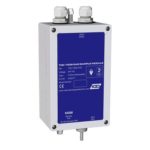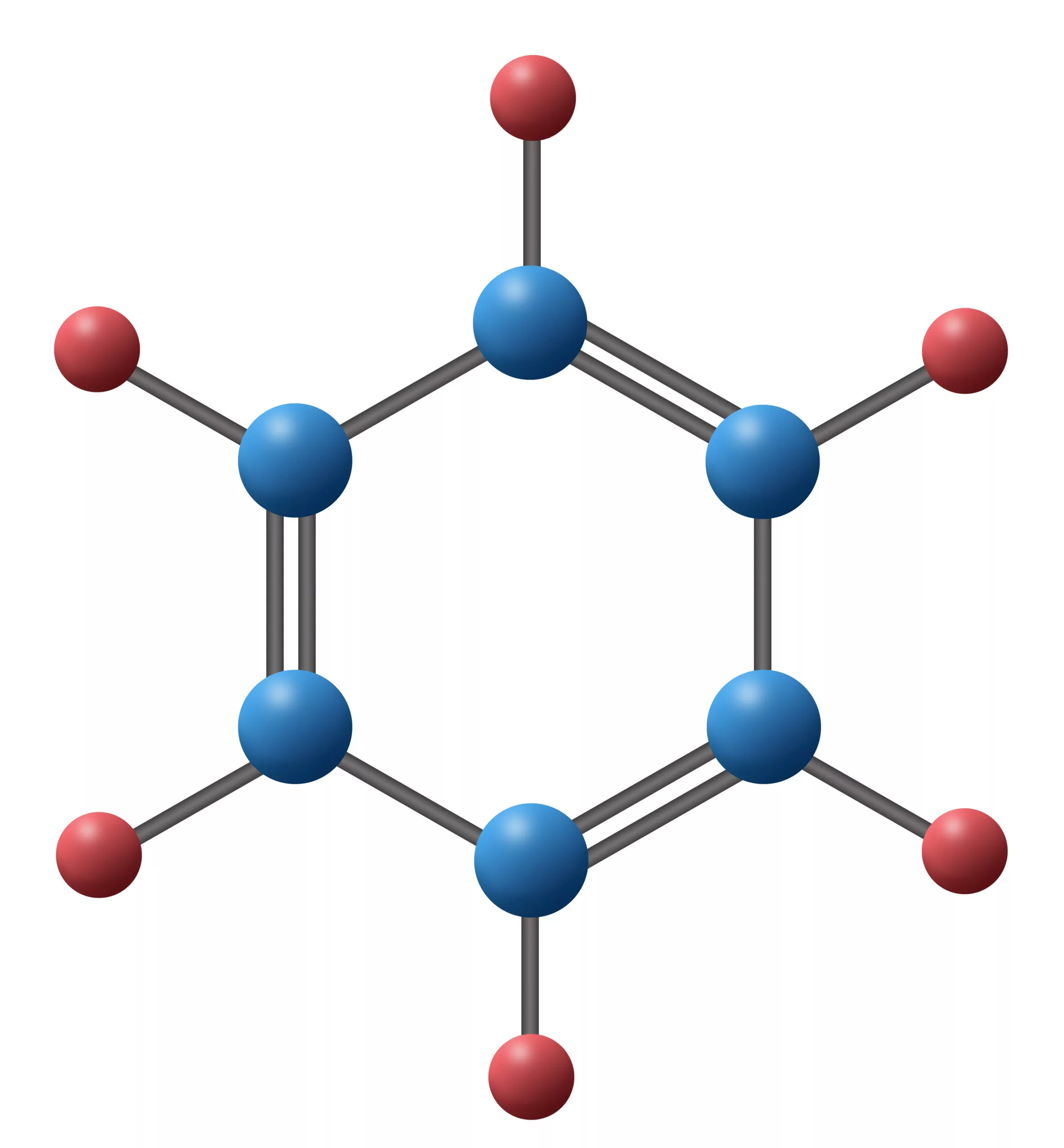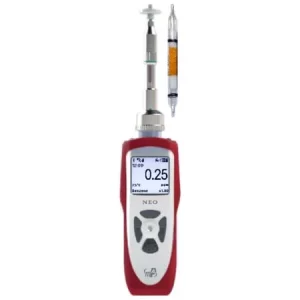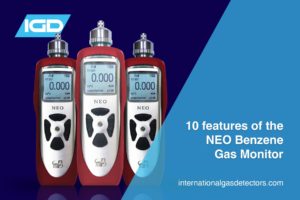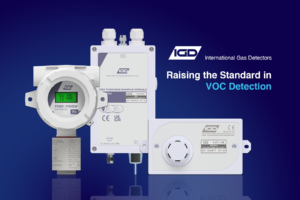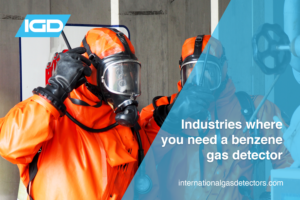Properties of Benzene Gas:
- Consists of only Carbon and Hydrogen atoms
- Melting Point: 5.53 °C (41.95 °F; 278.68 K)
- Boiling Point: 80.1 °C (176.2 °F; 353.2 K)
- Heavier than air gas
- Immiscible in water but soluble in organic solvents
Hazards of Benzene Gas
Benzene is a massively carcinogenic gas, increasing the risk of cancer and other related illnesses. For example, research has found benzene to increase the risk of bone marrow failure, acute leukemia and cardiovascular diseases after long term exposure. Short term exposure to high concentrations of benzene is known to cause headaches, tremors, tiredness and nausea, thus even short term exposure can cause dangerous health effects.
In 1948, the American petroleum institute stated that there is no safe exposure limit for benzene, and the only completely safe exposure level is 0. This demonstrates just how dangerous Benzene is to the health of personnel, and with a TWA of just 1ppm, it makes it evermore important to implement a Benzene gas sensor wherever this gas is being used.

